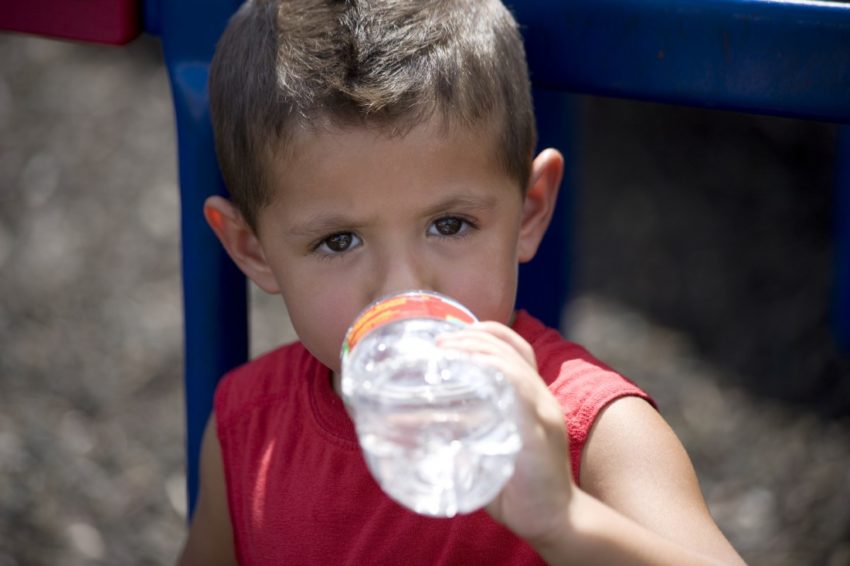
Share On Social!
SaludToday Guest Blogger
Campaign for Dental Health
Community water fluoridation is the practice of adjusting the level of fluoride in the local water supply so there is just enough to help protect teeth from decay.
It’s called ‘community’ water fluoridation because the whole community benefits. But Latino kids and families with low incomes, who suffer more than others from tooth decay, benefit the most.
For every $1 invested in community water fluoridation we save as much as $38 in money that CHIP, Medicaid, insurance companies, and individuals would have to spend to treat unhealthy teeth.
What is fluoride?
Fluoride is a mineral that strengthens teeth so they’re more resistant to the bacteria that cause decay. It is found naturally in all sources of water. (It comes from phosphate rock and, like other minerals, dissolves into the water supply.)
In some parts of the country, the natural level of fluoride is more concentrated than it is in others. In most places, though, fluoride must be added to get to the right amount to protect teeth.
About 70 years ago, after discovering that people drinking naturally fluoridated water had stronger teeth, a handful of towns around in America began community water fluoridation.
Scientists tracked tooth decay in kids from those towns and found that they had far fewer cavities than people in non-fluoridated towns, an average of 50%-70% fewer cavities.
How do communities add fluoride to the water?
Before it reaches our homes, the water we get from the tap is filtered and disinfected in local water filtration facilities. Then, in most cities and towns, fluoride is added by the local water supplier.
The U.S. Department of Health and Human Services studies all our sources of fluoride and makes a recommendation on what the right level of fluoride in water should be.
Tap water in the United States is regulated to be clean and safe. Public water systems are tested frequently, and safety results are certified. But, as we have recently seen, there are sometimes problems with the water supply. You can find information on the quality of local water supplies on the U.S. Environmental Protection Agency website.
Explore More:
Maternal & Child HealthBy The Numbers
20.7
percent
of Latino kids have obesity (compared to 11.7% of white kids)



